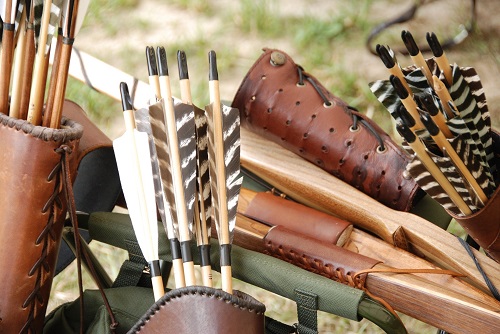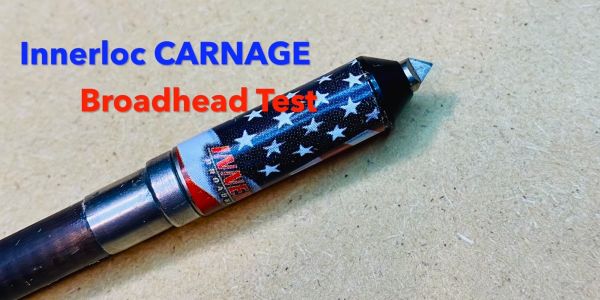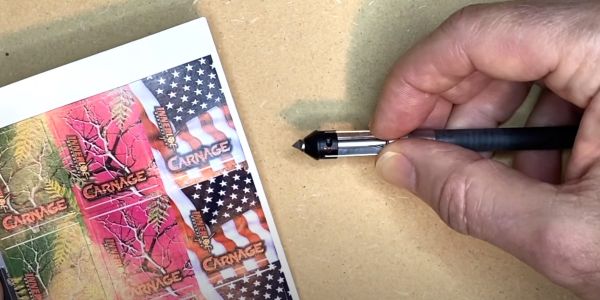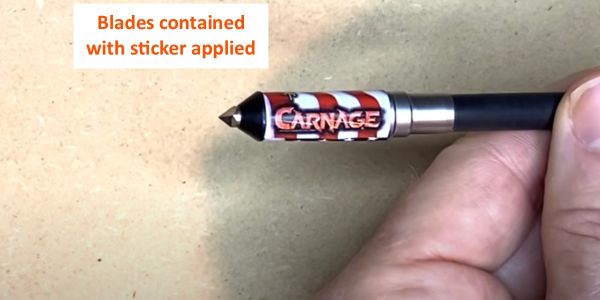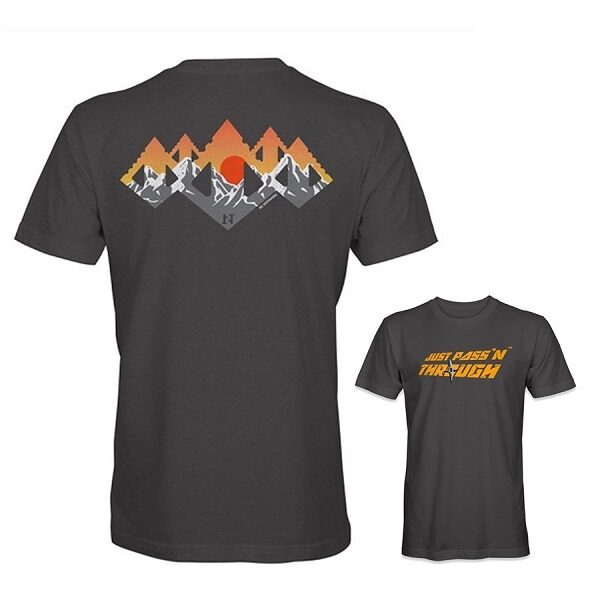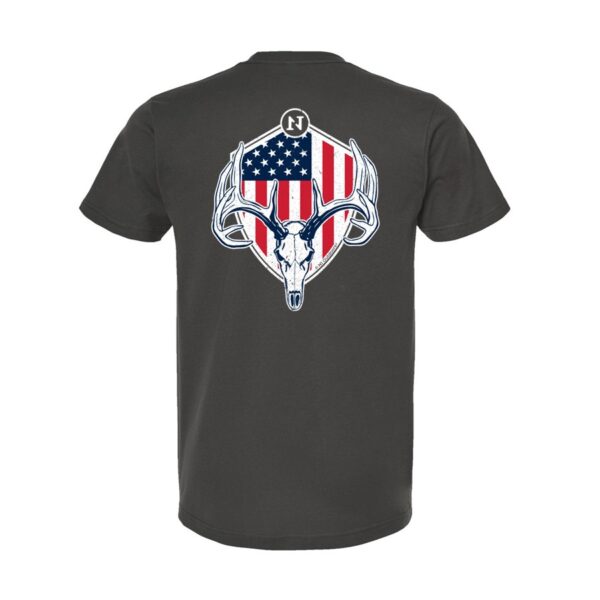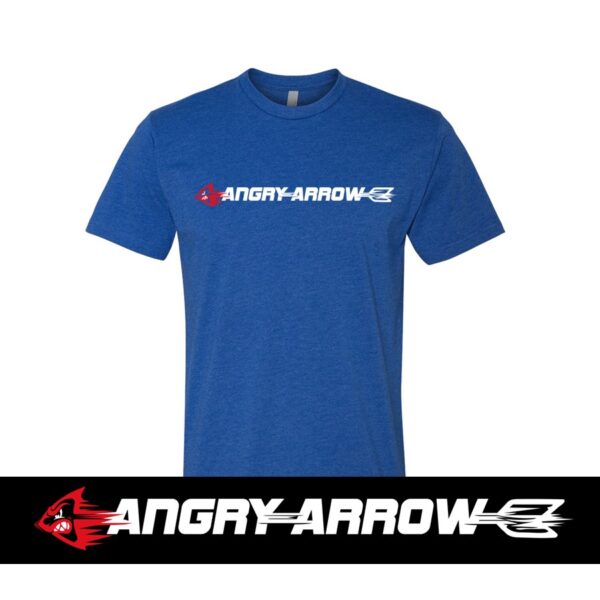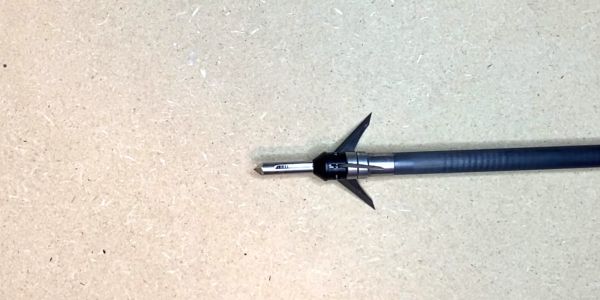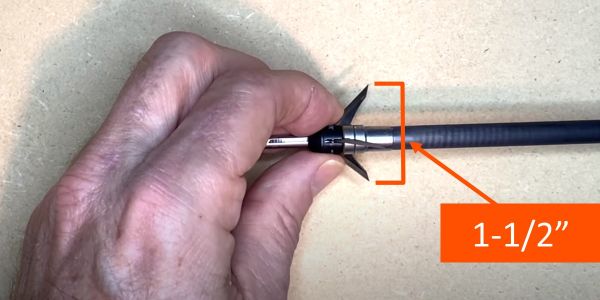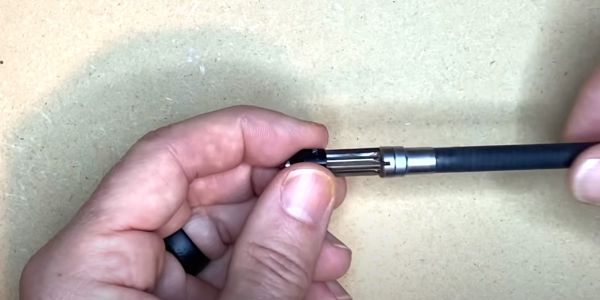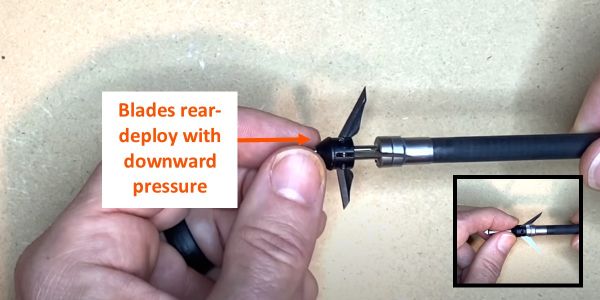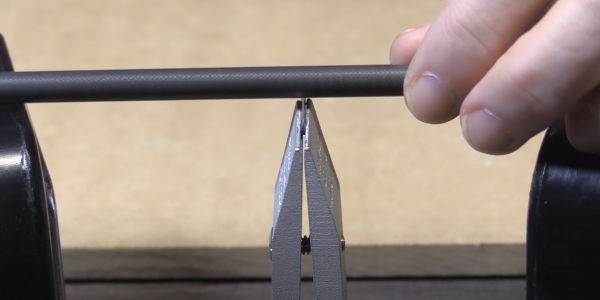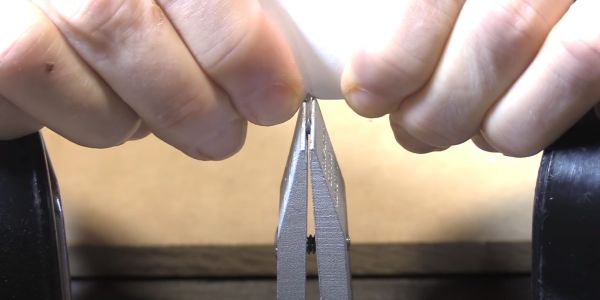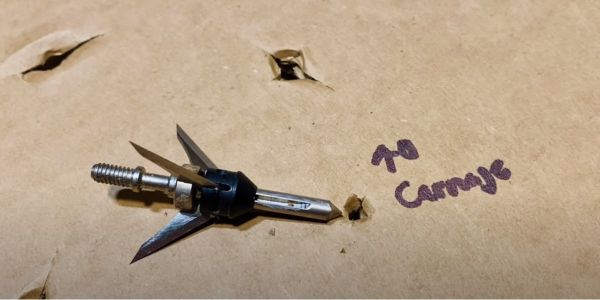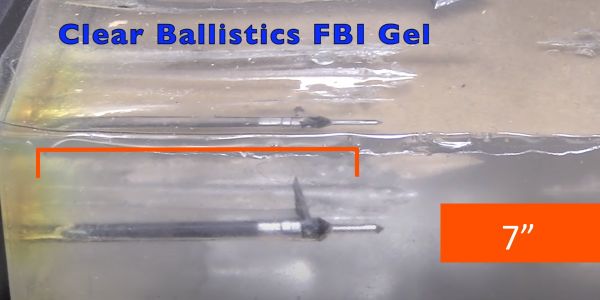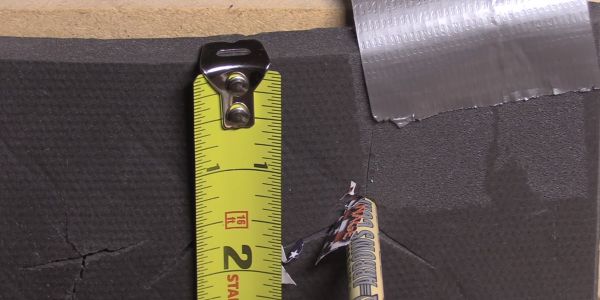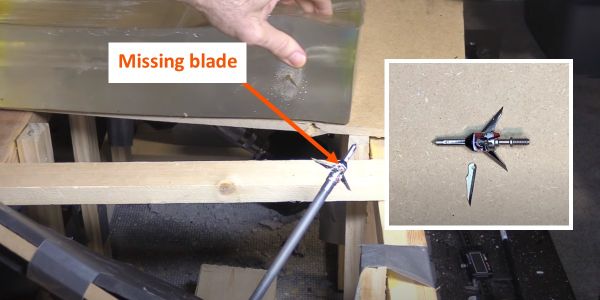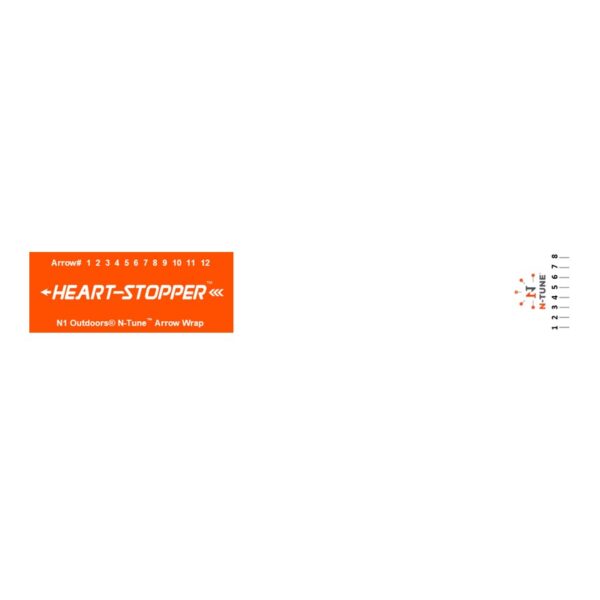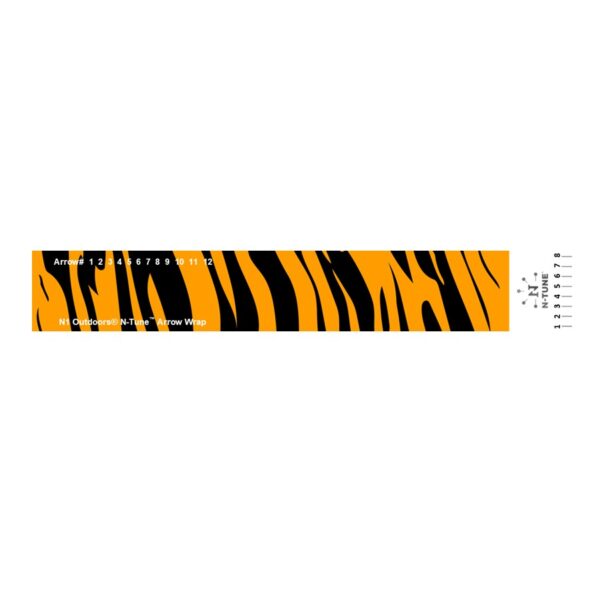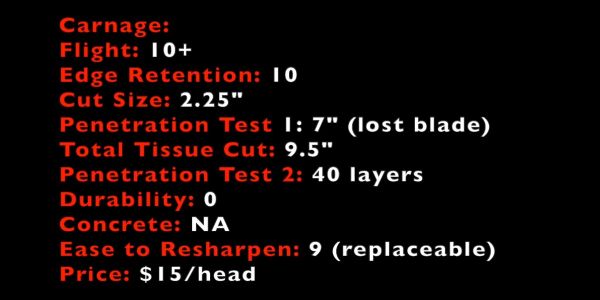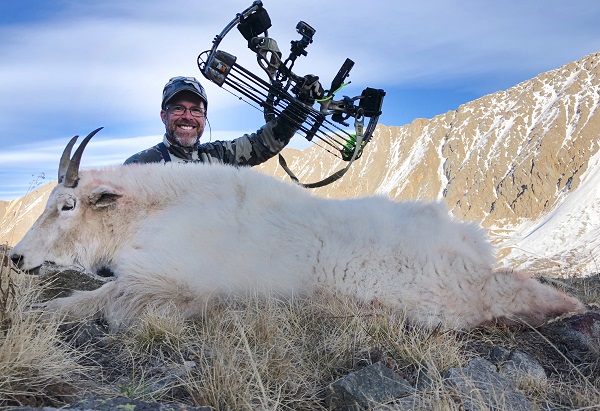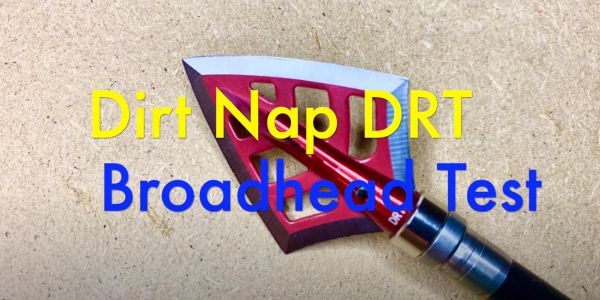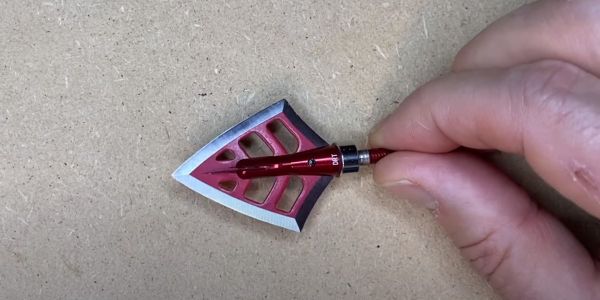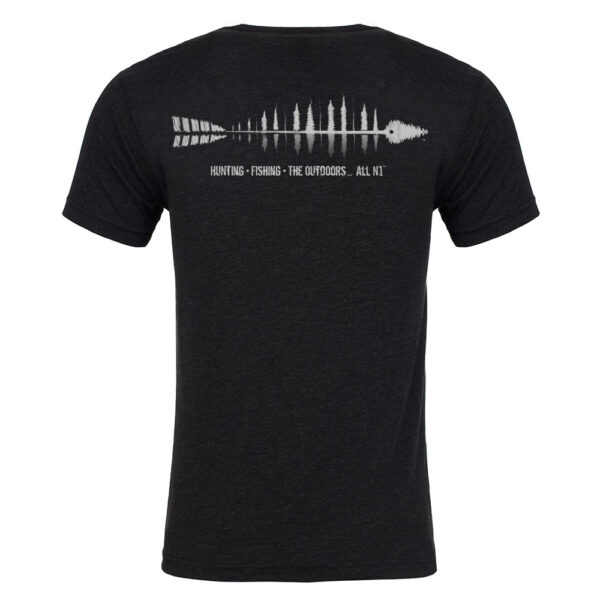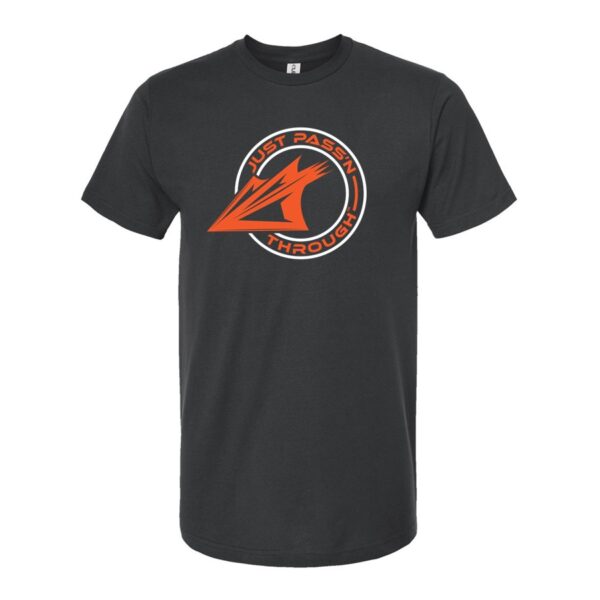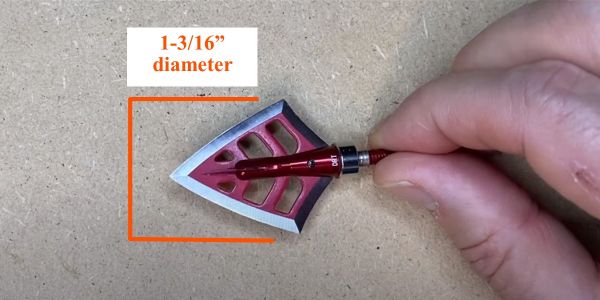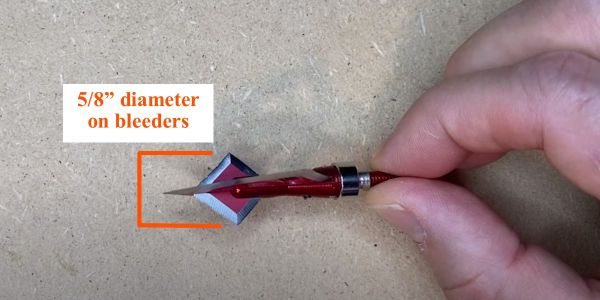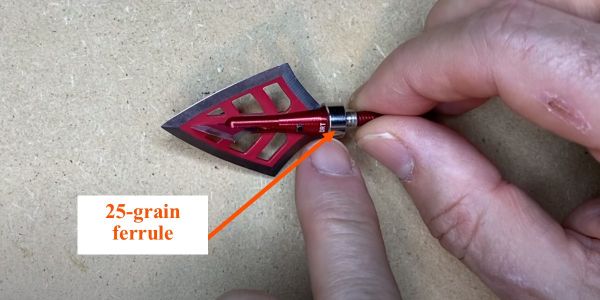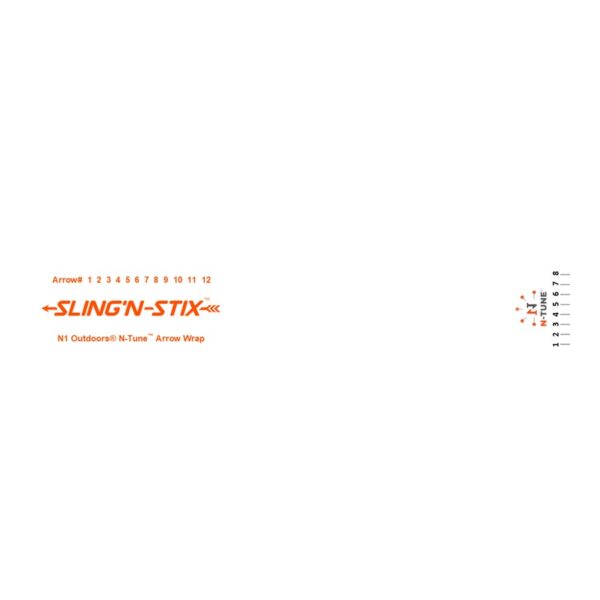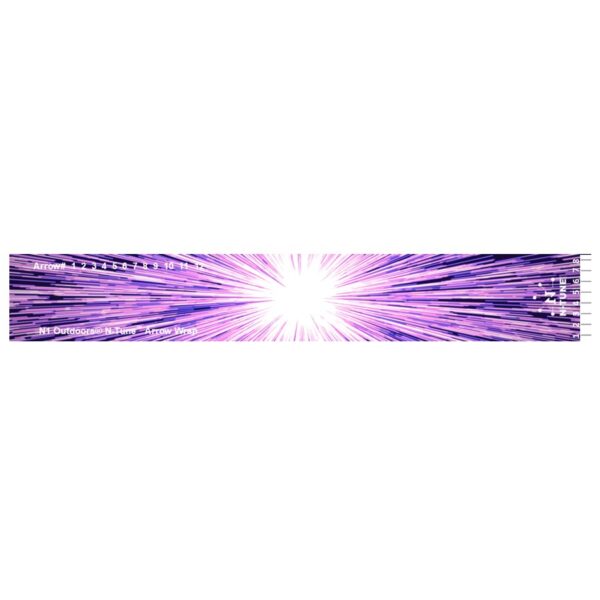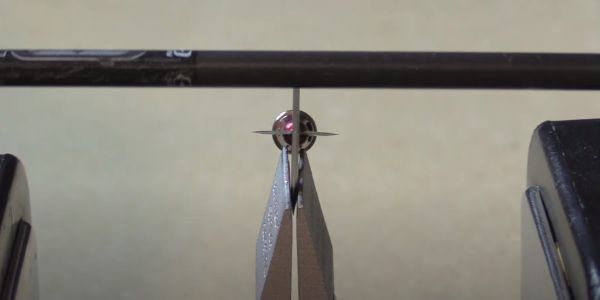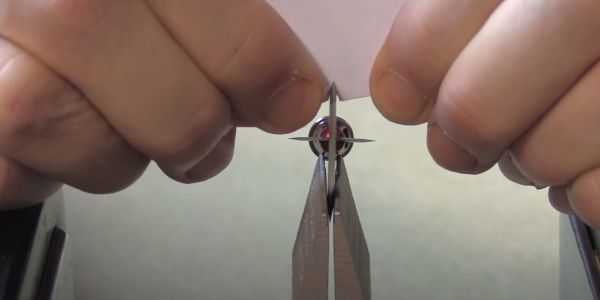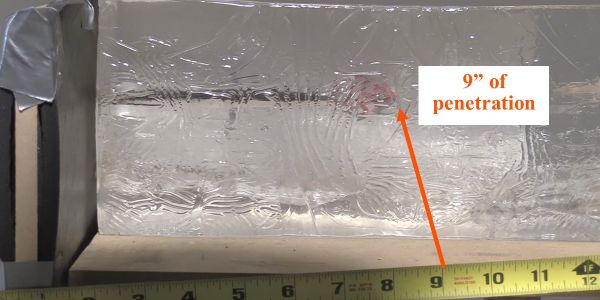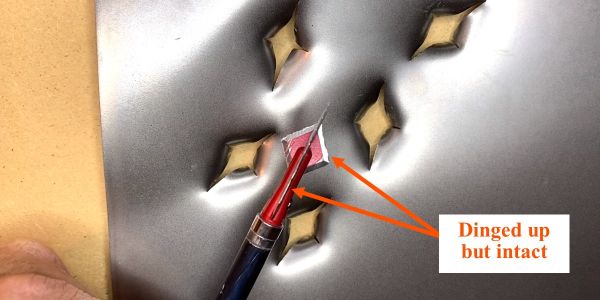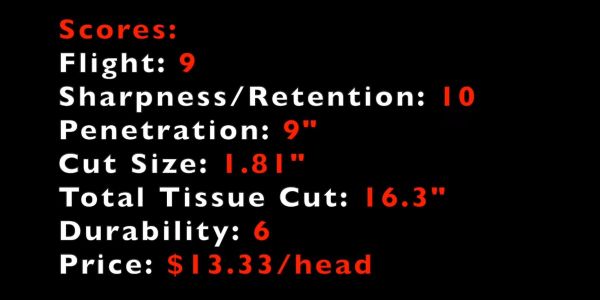Have you ever watched those movies where they shoot arrows with a bow and wished that you could shoot them too?
Archery is indeed fascinating and remains one of the oldest arts still practiced today. In fact, archery is now one of the famous Olympic sports and is even a sport in the Summer Paralympic games.
So, just how did archery come about? And, when was is invented?
Archery was mainly used for hunting and warfare in the past, but is mainly a recreational activity now. If you have been longing to know more about archery, keep reading!
We will cover the history of archery, archery equipment, famous historical archers and even how you can get started in the sport of archery.
History Of Archery
The evolution of archery dates back to the beginning of mankind’s history as studies have found evidence of ancient archers around the world.
Ancient Egyptians are known to have regularly used bows and arrows for hunting and warfare around 3000 BC.
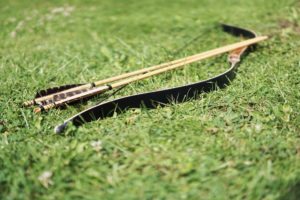
Egyptians used bows and arrows, possibly as early as 5000 BC.
Also, in China, archery has been traced back to the time of the Shang Dynasty in 1766-1027 BC, when a war chariot carried an archer, a lancer, a driver and a three-man team.
So, what exactly is archery?
According to Oxford Living Dictionaries, archery is the sport of shooting with a bow and arrows.
Merriam Webster defines it as the art, practice, or skill of shooting with a bow and arrow.
Someone who participates in archery is called an archer or a bowman. Anyone fond of archery or who is an expert at it is called a toxophilite.
Today, some still use archery for hunting wild game (known as bow hunting) and bow fishing has also grown in popularity. Archery is now rarely used for defense, except in leisure pursuits such as archery tag.
-
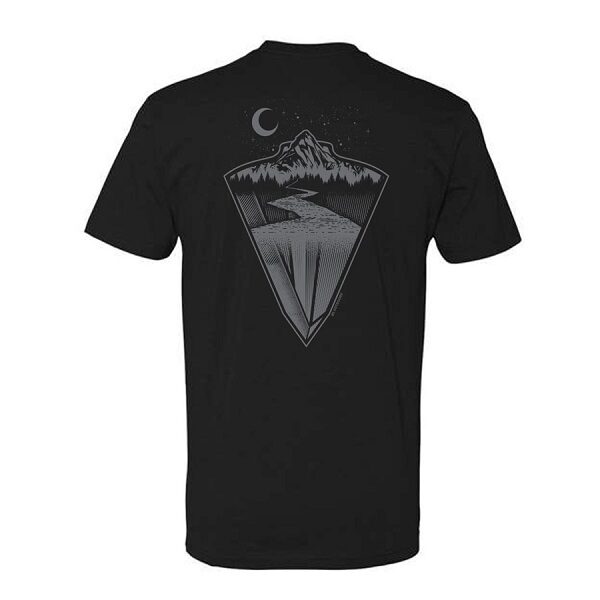
“Edge of the Outdoors™” Tee featuring Tuffhead Evolution Broadhead (Various)
Price range: $24.99 through $28.99 Select options This product has multiple variants. The options may be chosen on the product page -
Sale!
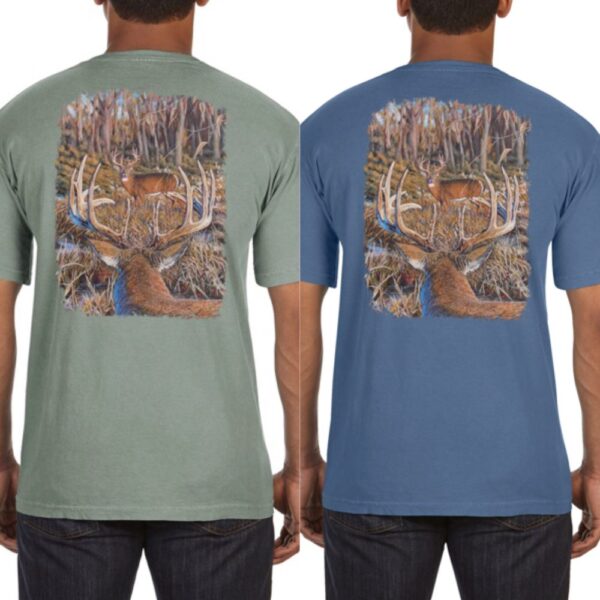
Ntruder Buck Tee by Daniel Cliburn
$9.00 Select options This product has multiple variants. The options may be chosen on the product page -
Sale!
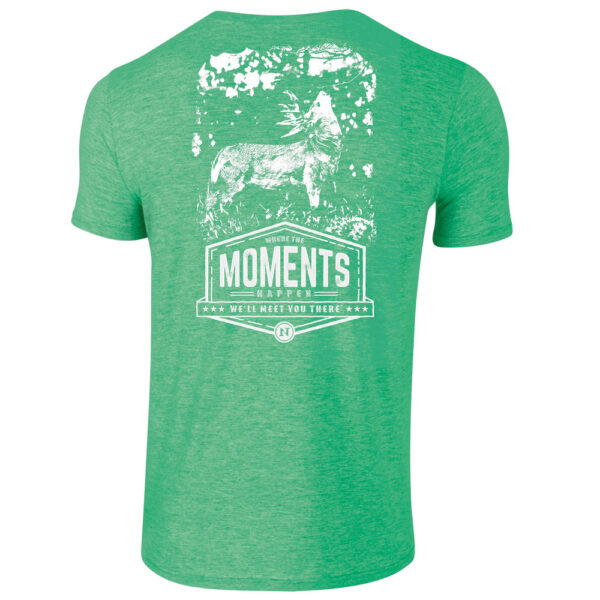
N1 Outdoors® N1 Moments™ Licking Branch Buck SS Tee
$5.00 Select options This product has multiple variants. The options may be chosen on the product page
Who Invented The Bow And Arrow?
You might be wondering… who invented the bow and arrow and when were the bow and arrow invented? Well, we don’t know for sure who invented archery, but it’s believed that Egyptians may have used bows and arrows as early as 5000 BC.
When a skilled archer takes charge of a bow and arrow, the result can be effective and deadly. Thus, ancient bows and arrows out-classed other weapons, such as swords, that were available in the olden day.
The ability to shoot an arrow from a distance gave archers an advantage in battle over those bearing swords.
History Of The Ancient Bow And Arrow
You can’t really talk about the history of archery without examining the history of the bow and arrow. In the ancient times, the major weapons were:
• The axe, sword and mace for short range
• The spear and javelin for medium range
• The bow and sling for long range
A Bow had two basic parts, including the string and the body, made of pliable and tough wood. The archer would the wooden part of the bow (grip) at the center when ready to shoot.
When the simple bow was made, it had only one convex arc so it didn’t exploit the maximum pliability of the wood. So, the double-convex bow was invented to provide a greater range and tension.
The composite bow was later invented for warfare purposes, as it was made of four materials including wood, glue, animal sinews & tendons and sections of animal horn.
The wooden part of the bow was made from different trees with different pliability and the back of the bow was covered with sinews bands.
The belly of the bow was also reinforced with two sections of animal horn. The composite bow had a range of 300 to 400 yards.
Today there are many types of bows, including flatbows, longbows, recurve bows, cable-backed bows and compound bows.
-
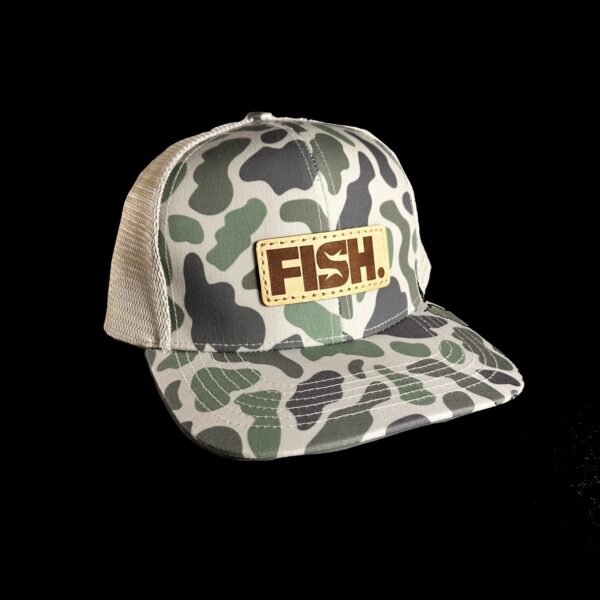
N1 Outdoors® FISH. Marsh Camo Leather Patch Trucker Hat
$29.99 Select options This product has multiple variants. The options may be chosen on the product page -
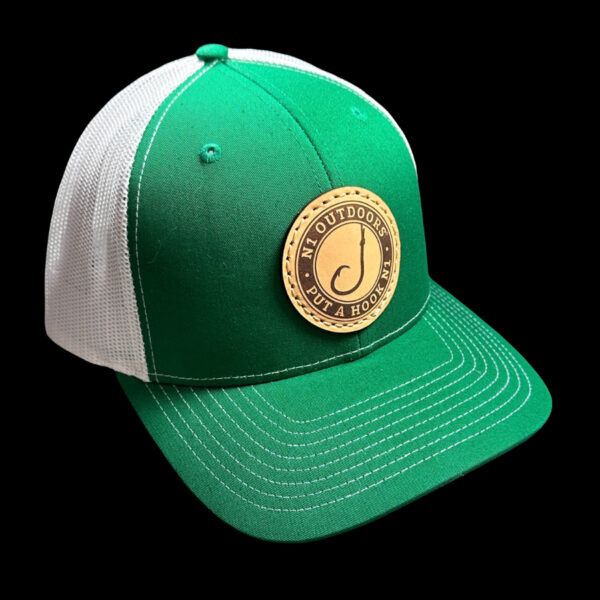
N1 Outdoors® Put A Hook N1™ Fish Hook Leather Patch Hat (Kelly Green/White)
$29.99 Select options This product has multiple variants. The options may be chosen on the product page -

N1 Outdoors® N-Tune™ Patch Trucker Rope Hat (Gray & Black)
$26.99 Select options This product has multiple variants. The options may be chosen on the product page
What About The Arrow?
Arrows were also made of three parts, including the tail, body and the arrowhead. The tail was designed to ensure the arrow stayed on course in a straight and smooth flight, which was why it was made of feathers of sea-fowl, kite, vulture or eagles. These feathers, or “fletchings,” are now sometimes substituted as plastic “vanes.”
The body of the arrow was also hard, light, straight, long and thin to ensure maximum speed. The arrowhead was the hardest part, made of metal, flint or bone.

Arrow fletchings help the arrows fly straight and smooth.
Arrowheads could be either triangular or leaf-shaped, flat or with central rib or spine. In ancient times, the form of an arrowhead was based on the nature of the armour of the enemy that needed to be penetrated.
Today, arrows are made of fiberglass, composite materials, aluminum, wood and bamboo.
The Oldest Bow Ever Found
So how old is the oldest bow?
The oldest bows were found in Holmegard swamp in Denmark. Some date the series of bows found in the bog between 20,000-9,500 BC. The municipality called Holmegard is no longer in existence as of 2007, because it has been merged with other municipalities to form the Naestved municipality.
The first bows ever used were made of wood and stone or wooden arrowheads. In 3300 BC, the arrowhead was changed to bronze which could be shaped and sharpened with ease.
Development And Evolution Of Archery
Chinese introduced archery to Japan in the 6th century and it had a great influence on later techniques and etiquette. One of the Japanese martial arts was originally known as kyujutsu, meaning the “art of the bow.” But, now it’s called kyudo, which means ‘the way of the bow.”
Presently, modern kyudo is mainly practiced as the method of moral, physical and spiritual development. With kyudo, the archer has to perform a certain ritual movement before moving to the shooting line and shoots from a distance of 28 meters.
During Greco-Roman times, the bow was mainly used for hunting or personal exploits, rather than for warfare.
The superiority of Middle East technique and equipment continued for centuries. In 1200 BC, the iron age paved way for arrowheads to be made from iron, which allows for a deadlier shot and better armour penetration.
Archery was used for hunting, but Koreans, Indians, Parthians, Persians, Armenians, Greeks, Assyrians, Japanese and Chinese used it in their armies.

Early longbows, similar to this one, were used in war but were later rendered obsolete in battle due to the invention of firearms.
The English longbow was made from yew wood in 1337 and used during the Hundred Years War because of its ability to outreach the enemy bows.
Although the English longbows were effective, the Turkish and Asian bows were more efficient and far better than an English yew bow.
Later, firearms were developed and rendered bows obsolete, causing the use of bow to decline until the 18th century, when archery was revived as a sport. Since that time, there have been several big tournaments.
In the 1900 Paris Olympics, archery was included. Professional engineers started developing new types of bows in the 1920’s, including the modern compound bow and recurve, which are currently the most popular forms of the bow in the Western hemisphere.
History Of Archery In North America
Although bows and arrows were already in existence when Central Asian peoples crossed over to North America, the people didn’t seem to know about them. It’s believed that Native Americans did not begin the practice of archery until about 500 AD.
It’s believed that once they discovered the bow and arrow, that it became the preferred weapon of choice, because it took less raw materials to make than spears.
Indian tribes, such as the Cherokee Indians, used the bow and arrow to hunt for animals. They would bowhunt for fox , turkey, rabbits, elk, bear and deer. Deer were especially useful, as they provided materials for clothing and tents, as well as for food.
Indians used deer antlers to make weapons like spears, arrow heads, fish hooks, needles and other useful tools.

Native Americans apparently did not begin using bows and arrows until about 500 A.D.
-
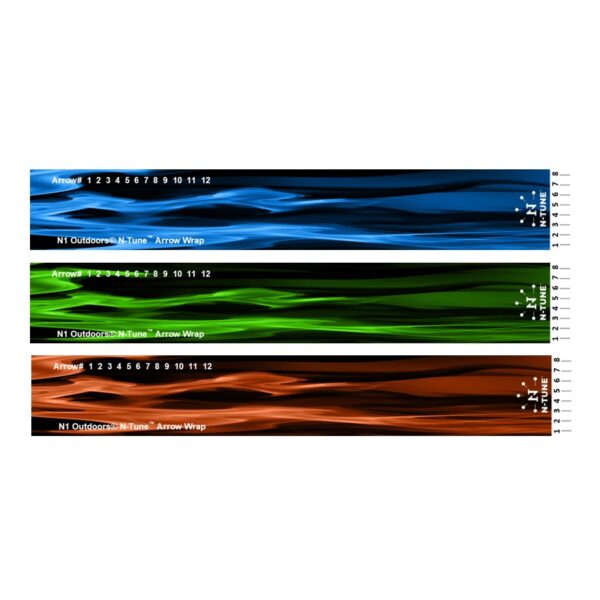
N1 Outdoors® N-Tune™ Nock Tuning Reflective Arrow Wraps – Smoke (Various)
Price range: $18.99 through $27.99 Select options This product has multiple variants. The options may be chosen on the product page -
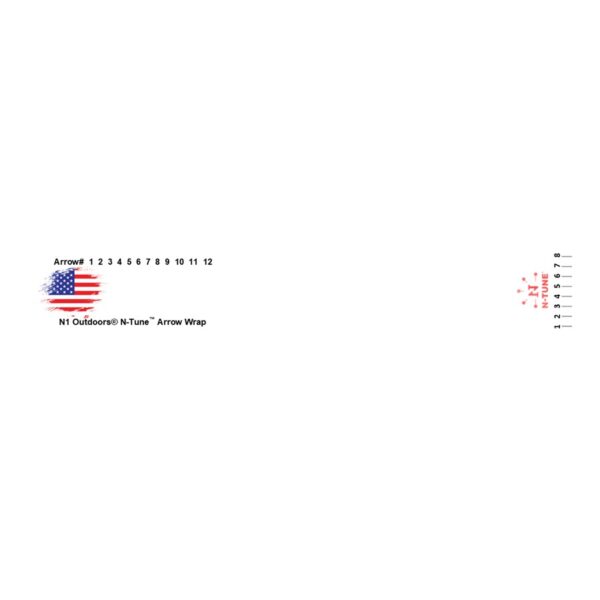
N1 Outdoors® N-Tune™ Nock Tuning Reflective Arrow Wraps – USA Flag
Price range: $18.99 through $27.99 Select options This product has multiple variants. The options may be chosen on the product page -
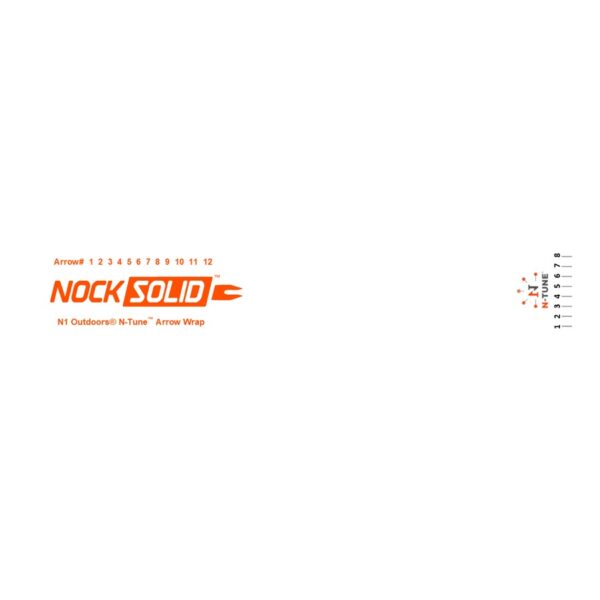
N1 Outdoors® N-Tune™ Nock Tuning Reflective Arrow Wraps – Nock Solid™
Price range: $18.99 through $27.99 Select options This product has multiple variants. The options may be chosen on the product page
Archery In Mythology
If you’ve watched Chinese, Korean and Japanese movies, you will understand how popular archery is. Robin Hood is another modern movie where archery was made popular.
And, if you’ve read Odysseus in Book 21 of the Odyssey, where Odysseus was mentioned as being skilled in archery, you will see that the history of archery is a rich one.
Due to the use of the bow and arrow for warfare and survival, many heroes and gods are still depicted as using bows and arrows. Some of these mythological figures and folk heroes include:
• Abhimanyu
• Kama (son of Radha)
• Cupid
• Artemis and Apollo
• Hayk and Marduk
• Heracles
• Shiva
• Rama
• Arjune
• Robin Hood
• Wilhelm Tell (William Tell)

Although bow technology has come a long way over the years, many still enjoy shooting and hunting with “traditional” bows like this recurve.
How was archery developed into a sport?
During the time of King Henry VIII, archery was developed into a sport in England. At that time, men younger than sixty were asked to practice shooting with arrow and bow. From that time, people started competing with one another during festivals.
In 1900, archery was included in the Olympic Games and was among the first sports in which women were allowed to participate.
During the 1920 Olympics, archery was included, but afterward dropped because of lack of consistent international rules and lack of interest.
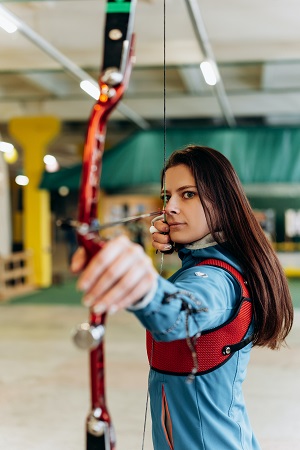
The sport of archery was included in the Olympic Games in 1900, one of the first sports in which women were allowed to compete.
When people again started showing interest in archery in 1931, an international governing body called the Fédération Internationale de Tir à l’Arc (FITA) was formed to establish rules accepted around the world. But, that did not convince Olympic organizers to include archery again in the Olympic program until the 1972 Olympic Games in Germany. (FITA is now know as the World Archery Association.)
When the archery was added again to the Olympic Games, each archer was asked to use bows made of wood and covered in graphite. Their arrowheads were made of aluminum, with strings made of Kevlar or hydrocarbon.
Athletes were asked to use protective equipment like shooting gloves and arm guards to protect their forearms and hands.
Modern Day Archery
Unlike in the olden days when archery was mainly used for defense and war, modern day archery is practiced in different forms with different types of bows.
We now have disciplined martial artists, recreational archers, world championships, record-breaking distance attempts and Olympic level competitions. Although people still use archery for hunting game and for bowfishing, it is rarely used for war and defense.
Everything about archery in the modern setting is leisure pursuit and anybody can learn archery and become an archer.
>> Check out some of our N1 Outdoors brand archery and bowhunting videos which include aiming tips and bow maintenance.
Protective Equipment
Most archers wear an arm-guard, called a bracer, to protect the inside of the arm that holds the bow. It’s not that the bracer braces the arm; the word was formed from “brassard”, which means an armoured badge or sleeve.
Some archers (females especially) wear plastrons or chest guards on their chest for protection.
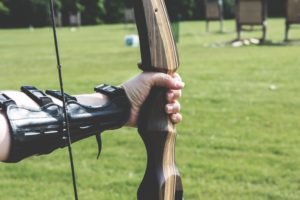
A “bracer” is an arm guard to protect the inside of the arm when shooting a bow.
Fascinating Facts About Archery
Archery has come a long way and since it is now mainly used for the recreational purpose, here are some interesting facts about archery:
1. Archery is one of the safest sports
Archery is considered to be one of the oldest sports in the world. With just one injury out of 2,000 participants, the National Safety Council has deemed archery as three times safer than golf. In fact, USA Archery claims the sport is safer than bowling. This means archery is fun and safe for everyone and you can try it too!
2. Archery is the national sport of the Kingdom of Bhutan
The Kingdom of Bhutan has made archery their national sport. Almost every village has an archery range. That is how popular archery is in the Kingdom of Bhutan.
3. An archer is also called toxophilite
Although the word sounds funny, it is legitimate. The word “Toxophilite” originates from Greek “toxon” meaning bow and arrow and Greek “philos” meaning loving. So you are also a toxophilite if you are an archer!
4. King Henry V was a toxophilite
In 1421, King Henry V of England ordered 500,000 arrows for his army and the arrows were kept in the Tower of London where the king’s arrow keeper watched over it.
5. Archery was the first Olympic game that allowed women to compete
In the past, women are not allowed to participate in the Olympic Games but archery changed that. Archery allowed female competitors in the Olympic Games in 1904. Now, you can’t talk about the Olympic Games without mentioning female archers like Khatuna Lorig and Mackenzie Brown.
6. Monarchs in Britain have banned golf, bowls and football for archery
In Britain, various monarchs have banned golf, bowls and football because men refused to practice archery because of these sports. In fact, during King Henry VIII’s reign, he ordered every man in the country to practice archery after church on Sundays! So, England was the first country to organize archery competitions in the 1500s.
7. Archery has been featured in many movies
If you have watched movies like The Lord of the Rings, Robin Hood, Rambo, The Hunger Games, Brave and some of the Korean and Japanese movies, you would understand why a many people around the world want to become archers.
How archery can benefit you
You may be asking; is archery really that important? Does it offer any benefit? Well, archery offers both physical and mental benefits. It doesn’t offer these benefits to only adults; children can learn al lot from archery as well.
1. Exercise
The act of drawing a bow is an exercise and can help you burn calories, as well as build up certain muscle groups. So, if you are looking to stay fit, archery can be a good form of exercise.
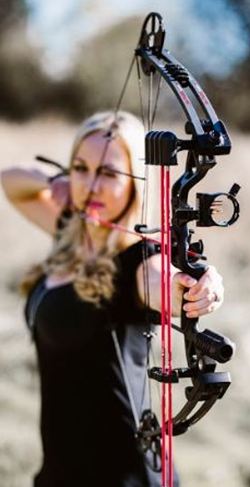
Archery is a great form of exercise that helps provide upper body strength, confidence, relaxation and coordination.
2. Upper body strength
When you draw the bowstring, your shoulder, arms, hands, back and chest are involved. So drawing a bow can help you stabilize your leg muscles and core muscles for balance.
3. Confidence
When you are successful in a competitive archery, you can gain self-esteem and confidence. Winning a competition and boosting your confidence can help you in other aspects of your life.
4. Relaxation
Merely seeing your arrow fly and hit the target can give you a relaxing and satisfying experience.
5. Hand-eye coordination
With archery, you can gain hand-eye coordination. When you practice standing correctly, nocking an arrow, drawing your bow, setting up your shot and releasing the arrow, you are sure to gain hand-eye coordination. If you are consistent in practicing archery, you will increase your coordination.
6. Focus
To achieve a good shot, you need to be precise, account for variables including power, distance and wind. Because you are required to be focused when shooting an arrow, it can also help your focus in other aspects of your life.
7. It is a cool sport
Archers are usually portrayed by Hollywood as heroes because that is how people view old and modern legends like Robin Hood and Katniss Everdeen. Archery is also considered one of the safest, if not the safest sport in the world.
8. Friendship
Archery is a great pastime to take part in with friends. Whether you are target shooting or hunting with a bow, archery gives you a chance to connect to like-minded individuals.
9. Patience
Being successful at archery requires patience and dedication. So, if you are looking for a lesson in patience, this is the right sport for you!
10. It is open to all
Whether you are able-bodied or disabled, this sport can be taken part in by anyone. Even the blind can use special equipment to enjoy this sport. Archery is for everyone, whether young, old, male or female.
How to get started in archery
Maybe you’ve seen others shooting a bow and arrow, or you’ve watched movies that feature archery and now you’re wondering how you too can get started. It is easy.
Whether you want to shoot arrows for fun, or learn to become an archery competitor, there is a place for you in the sport of archery.

Archery is a great sport for youth, but there are several factors to consider when choosing a starter bow package.
Archery at its core is fun, addictive and challenging. And, with the many benefits it offers, you are sure to love it. The most important disciplines you need in archery are field, target and 3D.
You can easily find an organization that offers classes in each of the disciplines. And who knows, with practice and dedication, you might even be offered a chance to compete in competitions including national and international competitions!
After figuring out the aspect of archery you like, you need to consider the type of bow you would like to use.
The best bows for beginners
As a beginner in the sport of archery, choosing the right bow can be a difficult task but don’t worry, here are what define a beginner bow:
• Low maintenance
• Smooth drawing
• Affordable
• Easily adjustable
• Available in a ready to shoot package
If you are interested in bowhunting, you can get information on different types and reviews of popular fixed blade as well as expandable broadheads.
You can start today
If you’d really love to become an archer or bowhunter, you can start today! N1 Outdoors was founded by three friends that love the sport of bowhunting, so archery is near and dear to our hearts!
We love providing archery tips, helpful information on bow hunting topics, such as good broadhead selection, and apparel that reflects our love of archery.

